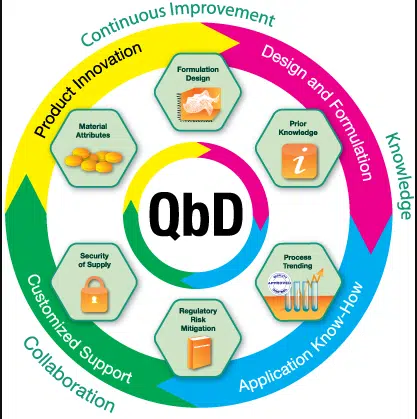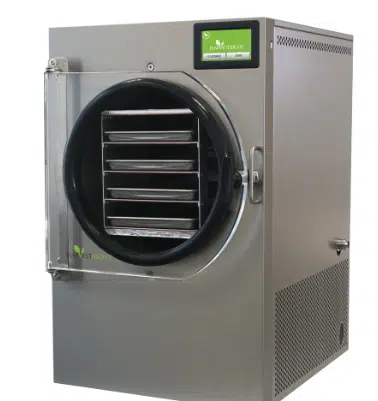Smoke Study in Clean Rooms of Pharmaceuticals
Clean rooms play a pivotal role in the pharmaceutical industry, providing controlled environments where critical processes are conducted to ensure product quality, safety, and efficacy. A smoke study is a fundamental test performed in clean rooms to evaluate the effectiveness of airflow patterns, ventilation, and containment systems.
The Objective of Clean Rooms and Contamination Control
Clean rooms are specialized environments designed to minimize the presence of airborne particles, microbes, and other contaminants that can jeopardize product quality and patient safety. In the pharmaceutical industry, where even the slightest contamination can have dire consequences, clean rooms are essential for aseptic processing, packaging, and storage of pharmaceutical products.
Importance of Airflow and Ventilation
Airflow patterns and ventilation systems within clean rooms are crucial for maintaining the required cleanliness levels. Properly designed and maintained ventilation systems ensure the efficient removal of contaminants and provide a uniform distribution of filtered air. To validate these systems, clean room operators perform smoke studies, which help visualize and assess airflow patterns and potential contamination pathways.
Purpose of a Smoke Study
A smoke study, also known as an airflow visualization study or airflow pattern test, serves several critical objectives:
- Airflow Visualization: The study visually demonstrates the movement of air within the clean room, identifying potential dead zones or areas with inadequate air exchange.
- Containment Assessment: It assesses the containment efficacy of equipment, ensuring that hazardous or potent compounds are appropriately controlled and do not cross-contaminate adjacent areas.
- Cross-Contamination Prevention: The study identifies potential cross-contamination pathways between different processing areas, helping in the design of efficient workflow layouts.
- Personnel Safety: A smoke study helps evaluate the exposure of personnel to potential contaminants, ensuring that workstations and personnel movement are in compliance with safety standards.
- Validation of Design and HVAC Systems: The study validates the clean room’s design and HVAC (heating, ventilation, and air conditioning) systems, ensuring that they meet regulatory requirements.
Methodology
A smoke study typically involves the following steps:
- Preparation: The clean room is prepared by setting up test equipment, including a smoke generator, which produces visible, non-toxic, and inert smoke.
- Smoke Generation: The smoke generator is activated, releasing the smoke into the clean room. The smoke’s movement is influenced by the clean room’s airflow patterns.
- Observation and Recording: Observers equipped with specialized tools track the smoke’s movement, velocity, and dispersion. Photographs and videos are taken to document the airflow patterns.
- Analysis and Interpretation: Data collected during the study are analyzed to assess the direction and speed of airflow, identify any turbulence or stagnation, and pinpoint potential contamination risks.
- Report Generation: A detailed report is generated, summarizing the study’s findings, observations, and recommendations for corrective actions if necessary.
Results Interpreting
The interpretation of smoke study results requires expertise and an understanding of clean room design and airflow dynamics. Key aspects to consider include:
- Airflow Uniformity: The study should reveal uniform airflow patterns across critical areas to prevent contamination buildup or dead zones.
- Cross-Contamination Risk: The study identifies potential pathways for cross-contamination between areas, allowing for adjustments in equipment positioning or workflow.
- Containment Efficiency: For areas handling hazardous materials, the study assesses whether containment measures effectively prevent the escape of particles or vapors.
- Personnel Safety: The study helps ensure that personnel are not exposed to contaminated air while working, enhancing overall workplace safety.
Corrective Actions
If a smoke study reveals issues such as inadequate airflow or potential contamination pathways, corrective actions must be taken promptly. These actions may include:
- HVAC Adjustments: Modifications to the HVAC system can optimize airflow patterns and address areas of concern.
- Equipment Relocation: Adjusting the positioning of equipment or workstations can improve airflow and minimize cross-contamination risks.
- Barrier Installation: Installing physical barriers, such as partitions or air curtains, can redirect airflow and prevent contaminants from spreading.
- Operational Procedures: Adjustments to personnel movement or workflow can minimize the risk of contamination between different processing areas.
Regulatory Compliance and Documentation
Smoke studies are an essential component of clean room qualification and validation, ensuring compliance with regulatory standards such as ISO 14644 and cGMP guidelines. Proper documentation of the smoke study, including reports, photographs, and videos, is essential for regulatory audits and inspections.
Smoke studies are a critical tool in the pharmaceutical industry’s efforts to maintain contamination control and ensure the quality and safety of products. By visually assessing airflow patterns and contamination risks within clean rooms, smoke studies contribute to the design, operation, and validation of controlled environments. Through their insights and recommendations, smoke studies play a vital role in preventing cross-contamination, enhancing personnel safety, and upholding the pharmaceutical industry’s commitment to producing safe and effective medications for patients around the world.
Medicine and Drug Manufacturing in Pharmaceuticals: Ensuring Quality, Safety, and Accessibility


